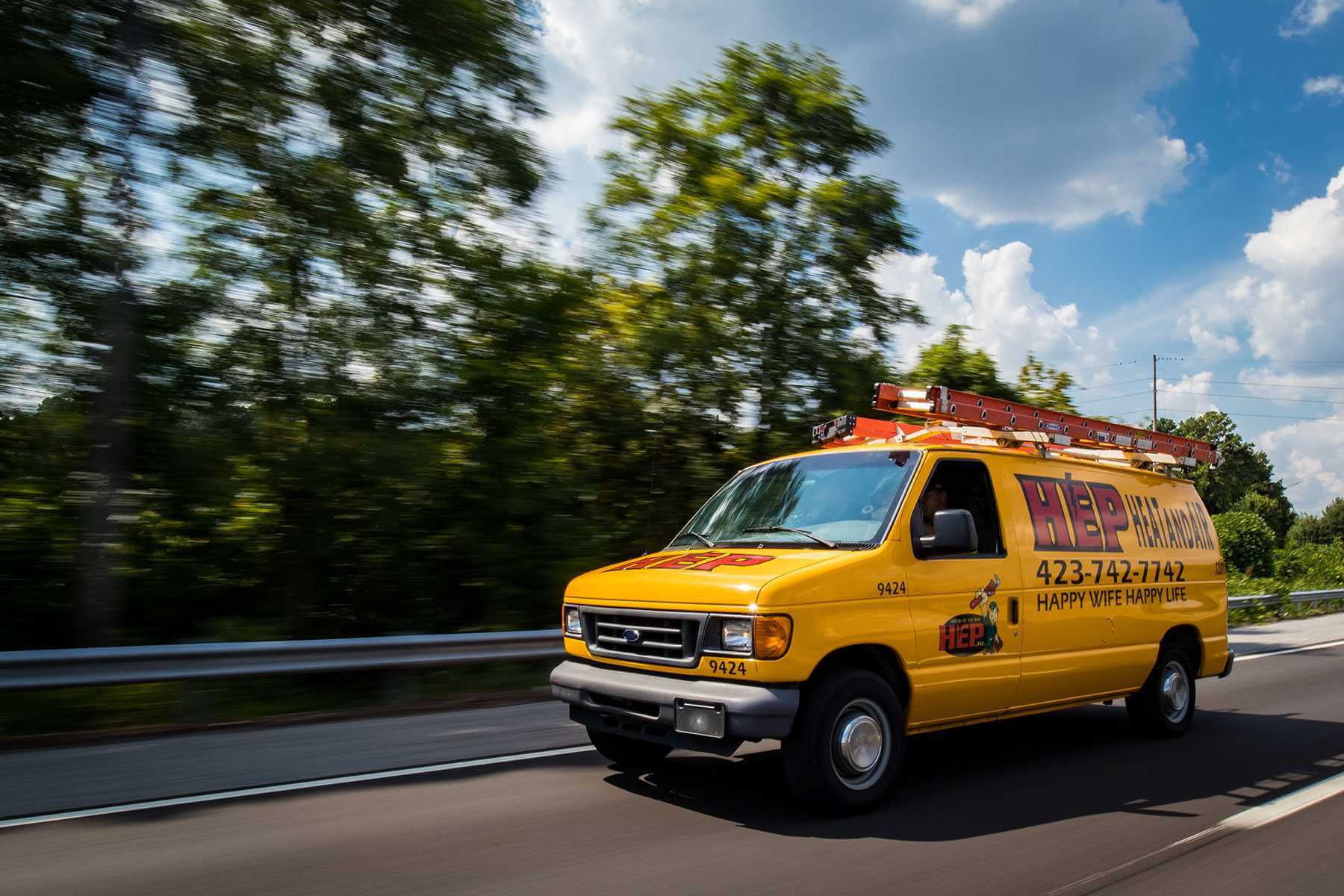

Root Intrusion
Your trusted partner for professional home services. Quality workmanship, guaranteed satisfaction.




- HEP Plumbing
- Root Intrusion
Root Intrusion | Main Line Issues | Plumbing | Morristown
Tree roots don’t respect property lines or plumbing codes—once they sense moisture, they’ll snake straight into your sewer lateral and clog the whole system. When those stubborn invaders start cracking pipe walls, backing up toilets, or turning your yard into a soggy mess, the HEP team in Morristown is ready 24/7. We combine high-definition camera inspections with precision root cutting, hydro-jetting, and trenchless repair to clear the blockage and keep it from coming back. Our licensed pros explain every step, provide upfront pricing, and treat your home like it’s our own.
Whether you’ve noticed slow drains, gurgling fixtures, or that unmistakable sewage odor, don’t wait for a full-blown emergency. HEP has solved thousands of main line issues across East Tennessee, restoring flow fast while protecting landscaping and foundations. Call or click today, and let us root out the problem—so you can get back to worry-free living.
FAQs
What are the most common signs of tree-root intrusion in a Morristown home’s main sewer line?
Early clues include gurgling drains, frequent toilet backups, slow tub or laundry standpipe drainage, and patches of unusually lush grass or soggy soil above the sewer lateral. As roots expand, you may notice sewage odors outdoors or in the basement clean-out. Because Morristown has many mature maples, oaks, and locusts with aggressive root systems, these symptoms should prompt a professional camera inspection before a complete blockage or pipe collapse occurs.
Why are root intrusions so prevalent in Morristown’s older neighborhoods?
Much of Morristown’s housing stock predates the 1970s and was built with vitrified clay or cast-iron sewer laterals joined by hubbed sections and mortar. Over decades, mortar washes away and tiny offset joints develop—perfect entry points for feeder roots seeking moisture and nutrients. In addition, many tree lawns along historic streets place large shade trees directly above the underground right-of-way where private laterals tie into the municipal main, increasing root pressure on aging pipes.
How does a plumber confirm root intrusion and pinpoint the exact location of the blockage?
We start with a high-resolution sewer video camera inserted through an exterior or basement clean-out. The live feed shows hair-like roots, offsets, cracked clay, or collapsed sections in real time. The camera head has a built-in sonde that transmits a locating signal. Above ground, a technician uses a receiver to mark the depth and position of the problem area within inches. This eliminates exploratory digging and helps decide whether spot repair, pipe lining, or full replacement is the most cost-effective fix.
What repair options are available once roots have invaded the main line, and how do I choose the right one?
1) Mechanical root removal with a flex-shaft or sectional sewer machine can restore flow temporarily but does not seal entry points, so it is best for short-term relief or when budgeting for a larger repair. 2) Hydro-jetting at 3,500–4,000 psi scours the pipe wall clean and is often followed by a chemical root inhibitor to slow regrowth. 3) Trenchless CIPP (cured-in-place pipe) lining creates a seamless, joint-free epoxy barrier inside the old host pipe, blocking future roots and extending the line’s life 50+ years. It requires one or two small access pits. 4) Pipe bursting replaces the line entirely with HDPE by pulling a bursting head through the old pipe while simultaneously installing new pipe. It is ideal when the existing lateral is heavily collapsed or undersized. A licensed plumber will recommend a solution after assessing pipe material, diameter, depth, slope, local code, and budget constraints.
Can trenchless pipe lining or bursting be completed during Morristown’s colder months?
Yes. Modern CIPP resins are formulated to cure even when soil temperatures dip into the 30s°F, and thermal curing blankets or hot-water recirculation can accelerate the process. Pipe bursting uses pneumatic or hydraulic equipment that functions in winter as long as the access pits are kept free of frozen soil. Scheduling off-season work can shorten wait times and avoid spring root growth surges, but extremely frozen ground or heavy snow may delay excavation by a day or two.
How can I prevent future root intrusion and keep my main line healthy after repairs?
• Schedule a preventative hydro-jetting and camera inspection every 18–24 months, especially if large trees remain on the property. • Use foaming root inhibitors (copper sulfate or dichlobenil) annually; they coat pipe walls and stunt new root hair growth without harming the tree. • Avoid planting water-seeking species—willow, silver maple, sycamore—within 10–15 feet of the sewer path; opt for small ornamental trees or shrubs instead. • Install a clean-out at the property line if one does not exist; it provides easy maintenance access and protects the inside of your home from backups. • Monitor water usage: sudden spikes can mask minor leaks that keep roots hydrated. By combining good landscaping practices with routine plumbing maintenance, Morristown homeowners can dramatically reduce the likelihood of another root-related sewer emergency.